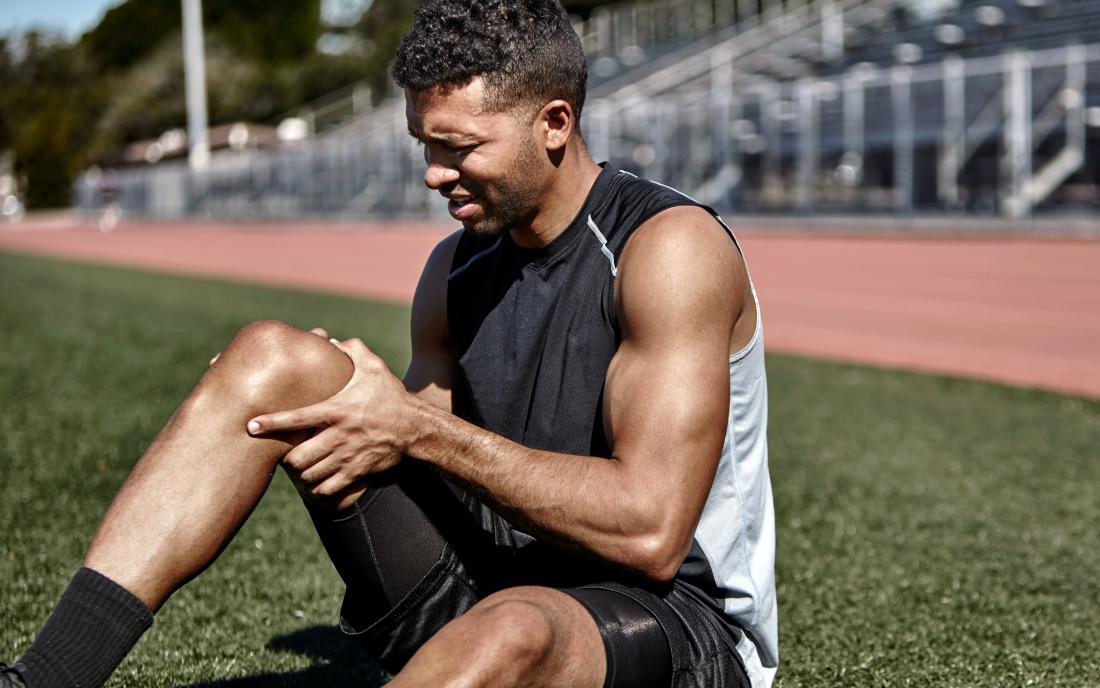This is How you Let Your Muscles Heal and Why
This is How you Let Your Muscles Heal and Why

To become stronger, faster, and fitter, you have to push your body harder. But then you have to rest, too. All workouts, especially tough ones, stress the body. You’re fatiguing, or tiring out, various muscles when you work out, which means you’re causing microscopic damage to muscle cells. Hormone and enzyme levels fluctuate, and inflammation actually increases, explains Chris Kolba, PhD, a physical therapist at the Ohio State University Wexner Medical Center in Columbus.
The changes you’re causing can do your body a lot of good. They lead to muscle growth, fat loss, improved insulin sensitivity, reduced inflammation, better cardiovascular health, and overall healthier bodies. But you need to give your body time for those good changes to happen before you start stressing it out again.
“This rest, called exercise recovery, is what allows people to [benefit] from their workouts,” Dr Kolba says, allowing you to get the maximum benefit from every exercise session. The damage that exercises causes triggers your body’s immune system to repair that damage, explains Adam Rivadeneyra, MD, a sports medicine physician with the Hoag Orthopedic Institute and the Orthopaedic Specialty Institute in Orange, California. And when your body’s tissues — from your muscles and bones to heart and lungs — recover, they become slightly fitter than they were before. That way, the next time you perform the same workout, you won’t suffer as much damage.
“But you have to cause some damage to your body for it to adapt,” Dr. Rivadeneyra says.
Repeated again and again, this process of stress and recovery is what results in improved health and fitness.
Just don’t skimp on the rest and recovery part. Rest helps reenergize the body so you have the stamina to give it your all during your next workout, says Melissa Leber, MD, an orthopedic surgeon at Mount Sinai Hospital in New York City. You can’t push it to your maximum without giving your body time to recoup in between. That’s overtraining.
“Overtraining can lead to overuse, which can lead to burnout and injury,” Dr. Leber explains. Common overuse injuries include iliotibial band syndrome, stress fractures, patellofemoral syndrome (runner’s knee), and muscle strains.
What’s more, research suggests inadequate rest and recovery can contribute to poor immune function, neurological changes, hormonal disturbances, and depression right arrow
The U.S. Department of Health and Human Services Physical Activity Guidelines for Americans recommend spreading out weekly exercise over the course of a few workouts (on at least three different days), rather than performing it all at once, to lower injury risk right up arrow.
And if you’re starting a new workout routine, or upping the intensity of your exercise habits, the guidelines recommend doing so slowly, so muscles have a chance to adapt and for the lowest injury risk.
Comments are closed.